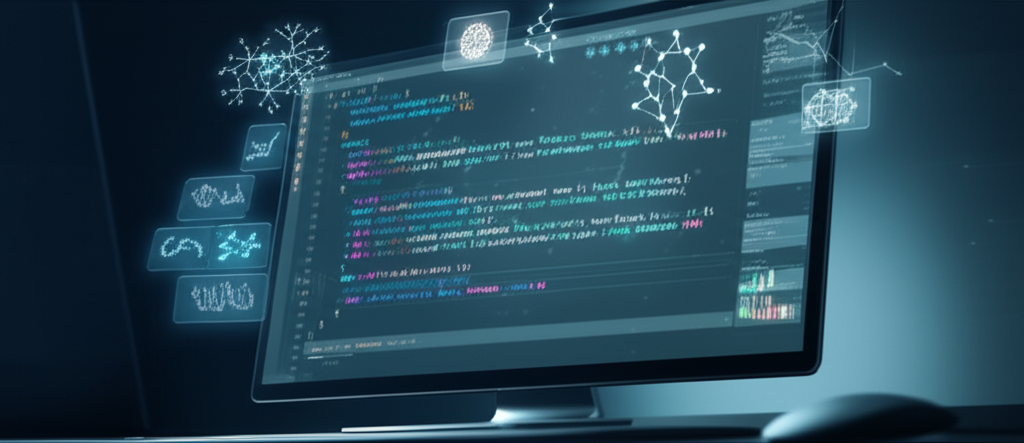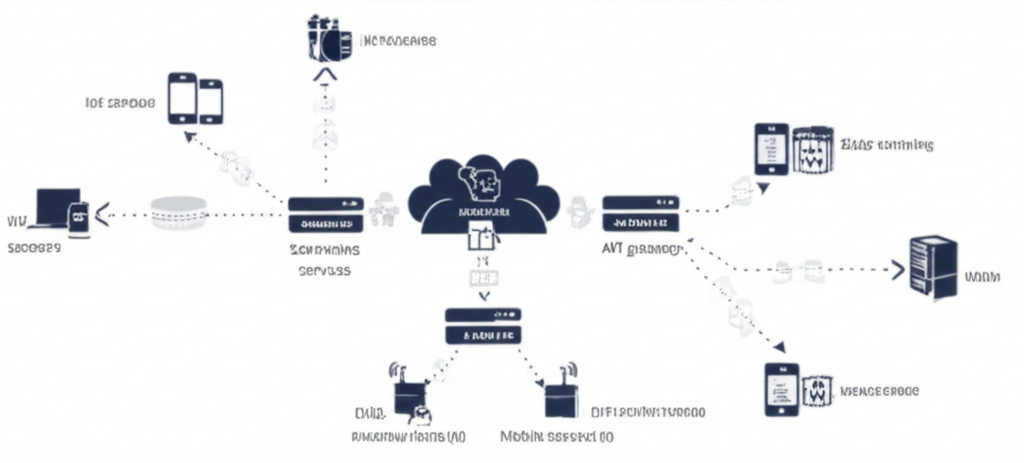The Evolving Landscape of Web Development
As we move through 2025, web development continues to evolve at a rapid pace. New technologies, methodologies, and user expectations are reshaping how we build for the web. Staying ahead of these trends is essential for developers and businesses alike.
AI-Powered Development Tools
Artificial intelligence is revolutionizing web development workflows. From code generation to automated testing, AI tools are enhancing developer productivity and enabling new capabilities:
- AI code assistants that understand context and project requirements
- Automated accessibility testing and remediation
- Intelligent design-to-code conversion
- Performance optimization through machine learning

Serverless and Edge Computing
The shift toward serverless architectures and edge computing continues to gain momentum. These approaches offer significant benefits:
- Reduced operational complexity
- Improved performance through edge-located processing
- Better scalability with reduced costs
- Enhanced security models

Immersive Web Experiences
The boundaries between physical and digital experiences continue to blur. Web technologies now enable increasingly immersive experiences:
- WebXR for augmented and virtual reality experiences
- 3D rendering with WebGPU
- Spatial audio APIs
- Advanced animations and physics simulations

Sustainability-Focused Development
Environmental concerns are influencing web development practices. Developers are increasingly considering the carbon footprint of their applications:
- Energy-efficient coding practices
- Green hosting options
- Performance optimization for reduced resource consumption
- Tools for measuring and reporting environmental impact
Micro-Frontends and Composable Architecture
Large applications are increasingly being built as collections of smaller, independently deployable components:
- Micro-frontend architectures for complex applications
- Composable commerce for e-commerce sites
- Module federation for sharing code between applications
- API-first approaches for maximum flexibility
Preparing for the Future
To stay competitive in this rapidly evolving landscape, developers should:
- Invest time in learning new technologies and methodologies
- Experiment with AI-powered development tools
- Consider sustainability in development decisions
- Embrace composable approaches for complex projects
- Stay informed about emerging standards and best practices
The web development field will continue to evolve, but by staying informed about these trends and adapting your skills and approaches accordingly, you can ensure your projects remain cutting-edge and effective.


